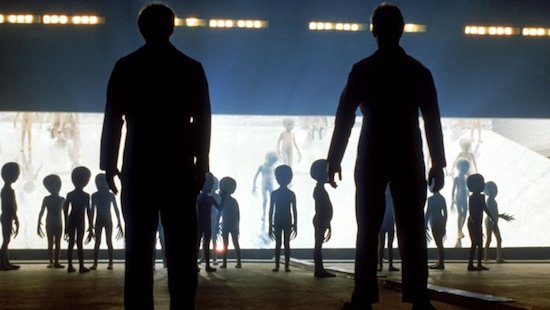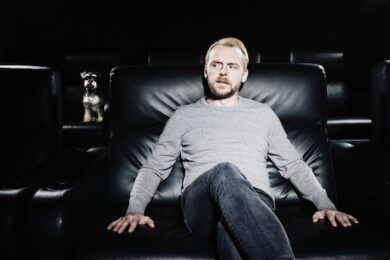7.

I saw this for the first time on TV – the special edition – which would have been about 1984 – probably its first television airing. It was shown on Christmas Eve in the early eighties and it came out in 1978 so just a few years later.
This was the film Spielberg wanted to make. He made Jaws for the studio because he wanted to make what he called his “flying saucer picture” and he was just praying he would be allowed to finish Jaws so he would be allowed to go on and make Close Encounters. It’s another great example of his combination of very mature storytelling and staging, combined with that childlike wonder which he always has. It’s an interesting movie as well because I think you can tell it is written by a guy who is unmarried or at least didn’t have any children at the time because Roy Neary sort of eventually abandons his family which Spielberg has since said he would never do that now, he would never write that character now.
It’s amazing that he was just 26 when he made Jaws because when you see the characters, they’re so mature. He would shoot dialogue scenes in wide angle shot so it would sound very conversational. The minute you start doing single shots on people, the dialogue has to be a little bit more careful – he did that with Close Encounters as well with a lot of the family scenes so that they would feel very “real” – there is a great sense of realism and he’s always been very good at conveying that. That sort of typical suburban American family creation; he always gets that across really well.


